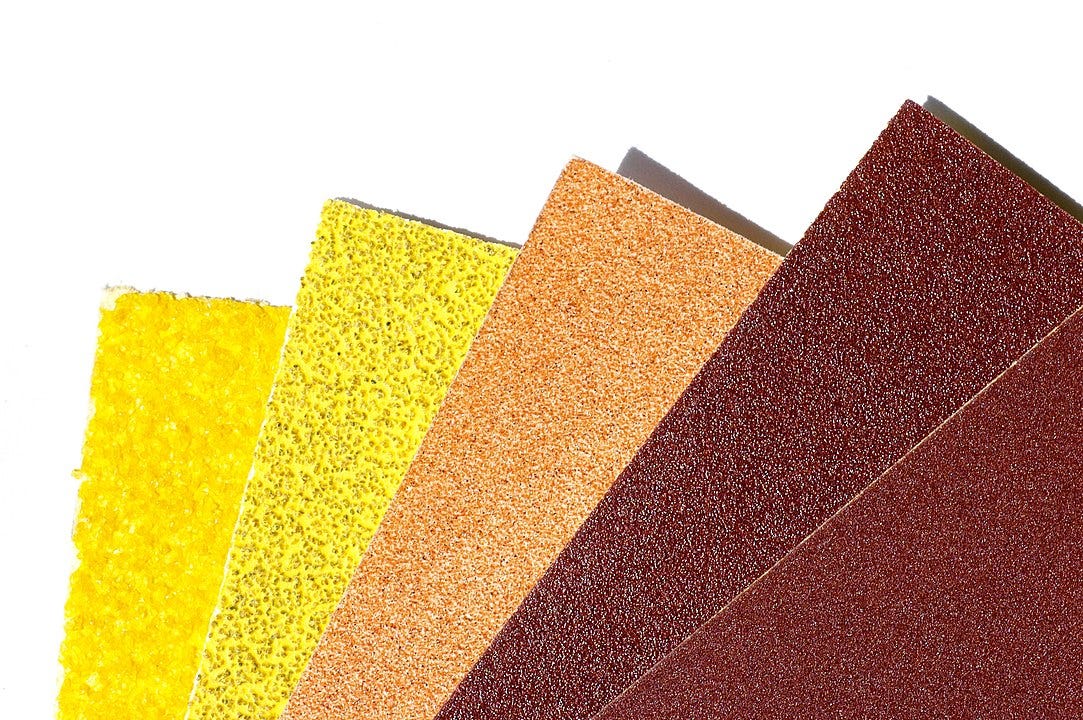Friction
When something rubs you the wrong way
I am back from a brief hiatus as I was busy writing a book review for the annual ACX book review context. To be honest, the review I wrote is not half as good as the one I would have written if I had time to fully focus on it: I had a bunch of research deadlines and I was generally busy with family matters as well. Whatever, cosa fatta capo ha.
Today I was driving back from campus to my place and I was thinking about friction. When two surfaces made of material A and material B slide onto each other, the friction force is -to a first approximation- proportional to the normal force. The coefficient of proportionality, or coefficient of friction, is a property of the two materials. This in principle leads to a table with N squared entries for N materials.
Physics is all about interactions between objects, so it is no surprise that what we find online are indeed tables of coefficients of friction for couples of materials, e.g. copper-iron, glass-wood, etc. But is this the best we can do?
Intrinsic properties of objects smell of metaphysics, because ultimately any operational definition of a property is relational. Still, in many cases, amazing feats of data compression are possible, and the equivalent of intrinsic properties somehow emerge. This is what happens with mass and with the index of refraction -but I am certain there are more examples to be found.
Consider mass: when two bodies are isolated from all other bodies and interact among each other, they impart accelerations onto each other. We can call the (inverse) ratio of those accelerations the relative mass of the two bodies. It turns out that for any three bodies A, B, and C, relative_mass(A, C) = relative_mass(A, B) x relative_mass(B, C). This is an empirical result1 which we had no reason to expect on theoretical grounds: any theory justifying it, was formulated after the fact. This empirical result allows us to pick a reference object and give it a fancy name -kilogram comes to mind- letting us call relative_mass(A, kilogram) the mass of object A, without qualifiers. We can thus conceal the relational nature of the concept of mass and save a lot of space when storing tables of e.g. the masses of the planets.
A similar story plays out with indexes of refraction: refraction is a phenomenon that happens at the interface between two materials, but we can write the relative coefficient of refraction -the ratio of the sine of the angle of the incident and refracted beam of light- as the ratio of the coefficients of refraction of the two materials. This is due to deep theoretical reasons, ultimately related to Fermat’s principle.
But what about coefficients of friction? I struggled to find a decent table online, perhaps because coefficients of friction depend on a bunch of other variables, such as temperature, whether the surfaces are wet, the level of polish of the surfaces, and the presence of lubricant, to name a few. Tables are prepared with applications in mind, understandably. Sometimes ranges are reported, often no error bars are quoted; so tables should be taken with a grain of salt. Ideally, I would measure some coefficients on my own, but I do not have much time these days. If any reader wants to do this, it is perhaps helpful to note that an object will slide down an incline when the tangent of its angle with the horizontal equals the coefficient of friction. Angles are easy to measure with good precision.
Still, even from bad tables, it looks like there is no simple regularity to exploit for data compression, except for the fact that coefficient(A,B) = coefficient(B,A). This is because it does not matter which material is above and which one is below: the friction force for a given normal force will be the same.
For the reduction of N square rows -one per couple of materials- to N -one per material- to be at all possible, we should at a minimum be able to predict the coefficient of friction of material A on material C given the coefficient of friction of material A on material B and that of material C on material B. In other words we must be able to learn a function f such that coefficient(A,C) = f(coefficient(A,B), coefficient(B,C)), with the constraint that f(x,y) = f(y,x). Maybe we can train a very simple neural net to do this and then look for a simple closed form for f by means of symbolic regression.
And as such it could be empirically disproven. A possible way to test for violations to the transitivity of relative mass would be to look for flyby interactions between asteroids in the asteroid belt. Asteroid A glances asteroid B and then moves on to asteroid C, etc. At the lab scale we can of course engineer experiments, but those will cover a limited range of masses and are definitely not happening in isolation.



Perhaps you could arrange materials on a fully connected graph. Each material is a node. Coefficient of friction of the material with itself is a node feature, between different materials an edge feature. Train a model on part of the graph, predict on the rest